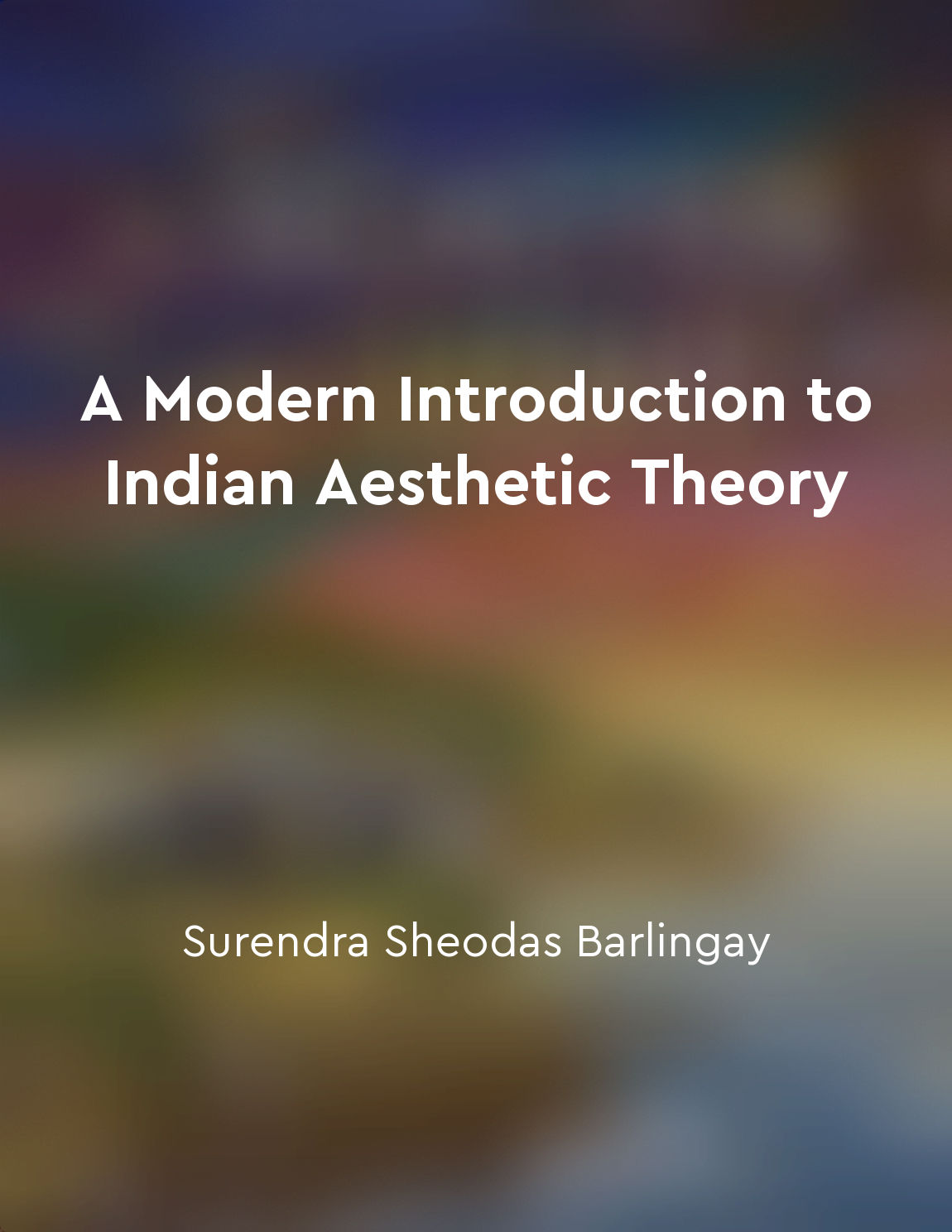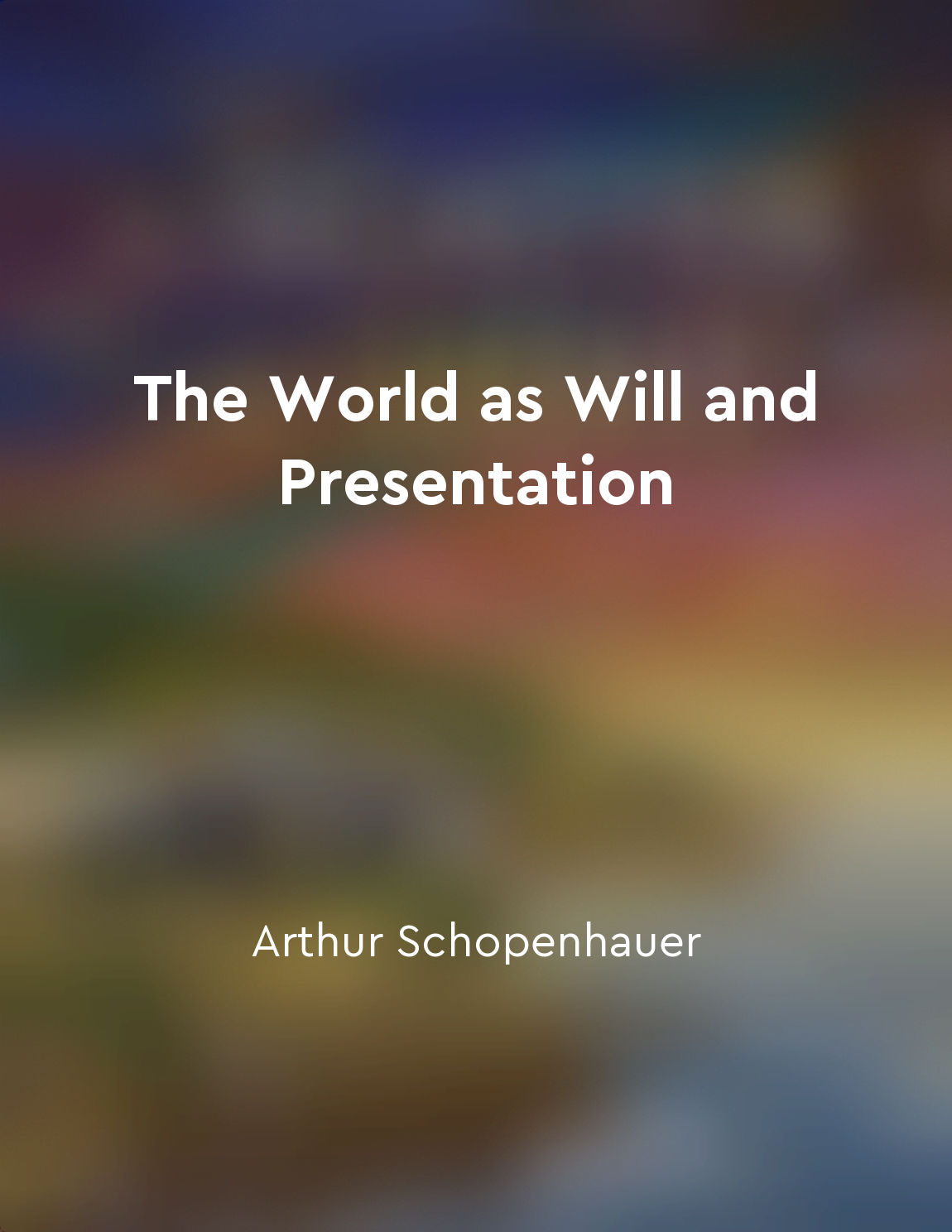The application of Rasa theory in different art forms from "summary" of A Modern Introduction to Indian Aesthetic Theory by Surendra Sheodas Barlingay
The concept of the application of Rasa theory in different art forms is essential to understanding Indian aesthetic theory. Rasa theory, originating from Bharata Muni's Natyashastra, is a fundamental concept in Indian aesthetics. It posits that the purpose of art is to evoke specific emotions or feelings, known as Rasas, in the audience. These Rasas include love, humor, sorrow, anger, heroism, terror, disgust, and wonder. Rasa theory suggests that an artist must skillfully combine various elements such as language, music, dance, and visual arts to create a complete aesthetic experience. Each art form has its own unique way of evoking Rasas in the audience. For example, in music, Ragas are used to create specific moods or emotions, while in dance, mudras or gestures convey meaning and evoke Rasas. In literature, poets use language and imagery to evoke emotions in readers, while in visual arts, artists use colors, shapes, and composition to create an emotional impact. The application of Rasa theory in different art forms allows artists to communicate universal emotions and experiences to a diverse audience. It transcends language and cultural barriers, creating a shared emotional experience that resonates with people from different backgrounds. By understanding and applying Rasa theory in their work, artists can create powerful and meaningful art that resonates with audiences on a deep emotional level. It allows them to evoke specific emotions, convey complex ideas, and connect with viewers in a profound and lasting way. In this way, Rasa theory serves as a guiding principle for artists across various art forms, helping them create impactful and emotionally resonant work.Similar Posts
Passionate pursuits impact mental health
Passions, as defined by Descartes, are the various emotions and desires that drive individuals to act in certain ways. These pa...

The relationship between Bhava and Rasa
Bhava, the inner state or mood, and Rasa, the aesthetic experience or emotion, are two fundamental concepts in Indian Aesthetic...
Intuition is a gift that must be nurtured
Intuition, that mysterious and profound faculty which allows us to grasp truths beyond the reach of reason, is truly a gift bes...
Selfawareness is a key aspect of ethical development
Self-awareness plays a crucial role in the ethical development of individuals. By being self-aware, individuals are able to ref...
Individuality and uniqueness contribute to life's meaning
Individuality and uniqueness are essential components that give life its depth and richness. Each individual brings a distinct ...

Freedom and democracy are fundamental rights of every individual
My dear Indira, I want to talk to you about something very important - freedom and democracy. These are not just words, but fun...
The Mughal Empire brought about a fusion of Indian and Islamic cultures
The Mughal Empire played a significant role in shaping the cultural landscape of India during its reign. This period witnessed ...
Reflection aids in the development of creative ideas
Reflection plays a crucial role in the process of developing creative ideas. By taking the time to reflect on our thoughts, exp...

The world is a reflection of our inner selves
In the depths of our being lies the essence of our existence, the will that drives us forward in the world. This will, accordin...
Legacy of history
The legacy of history is a weight that we all carry, whether we realize it or not. It is the accumulation of all the events, de...
